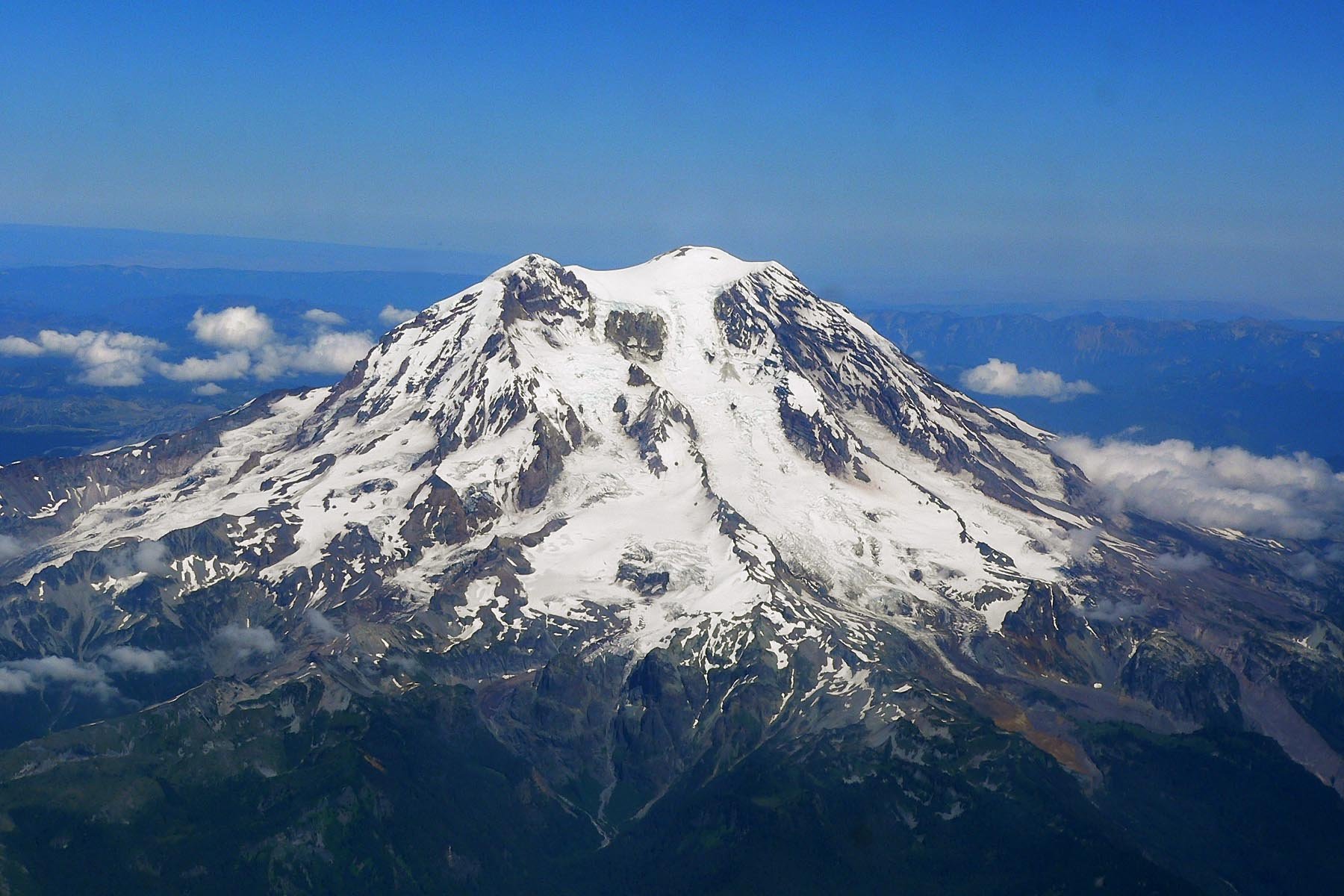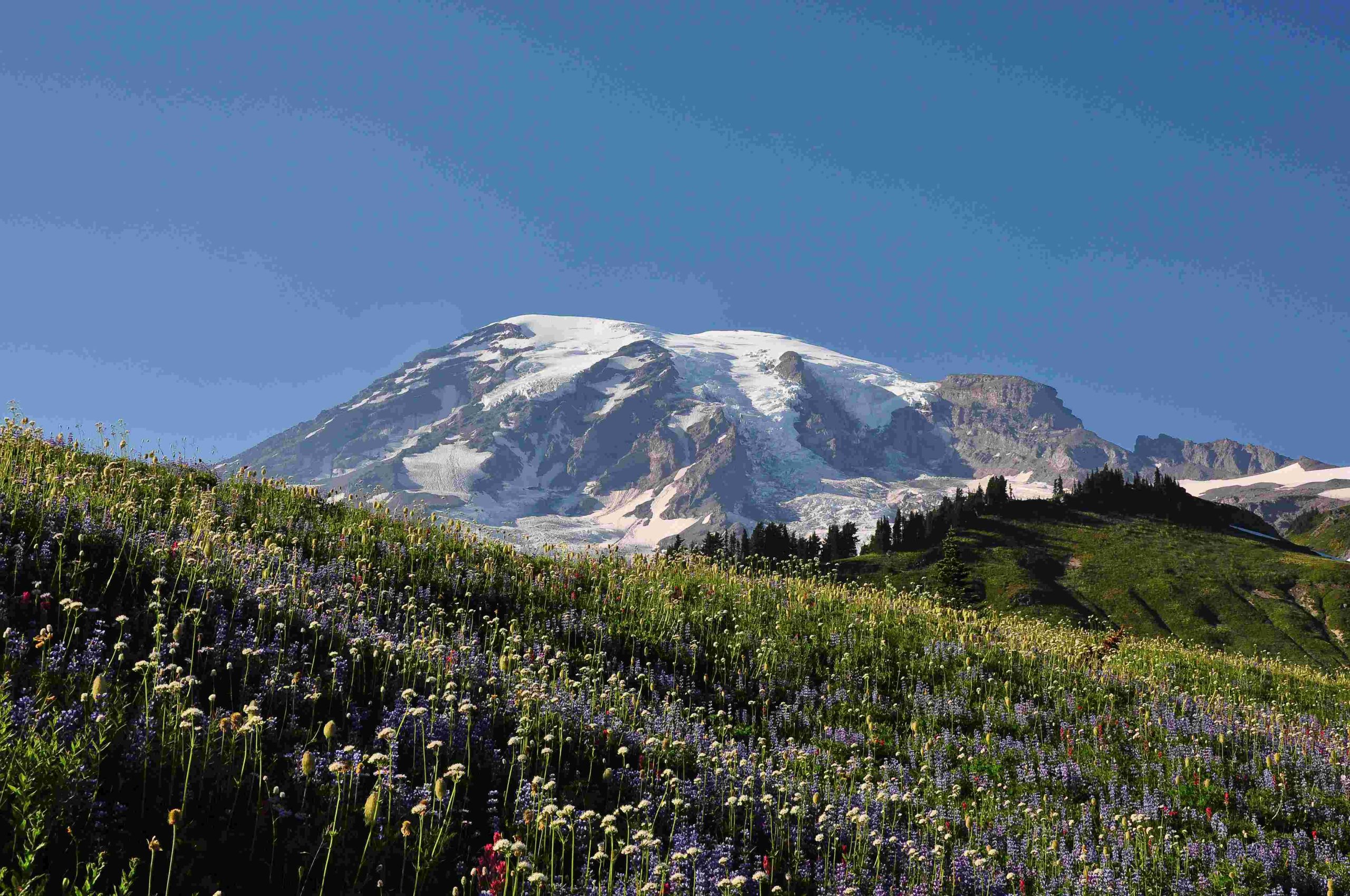Mount Rainier date planning is crucial for visitors to this iconic national park. The best time to visit Mount Rainier depends on various factors, including weather conditions, trail accessibility, and operational hours of visitor centers. This guide provides comprehensive information on the ideal dates for hiking, climbing, and exploring Mount Rainier National Park, helping you plan your perfect adventure in this stunning natural wonderland.
When is the Best Mount Rainier Date for Hiking?

The optimal mount rainier date for hiking typically falls between mid-July and early September. During this period, most trails are snow-free, and the weather is generally favorable for outdoor activities. Here’s a breakdown of the hiking season:
- Summer Hiking Season: Mid-July to early September
- Trail Accessibility: Higher-elevation trails around Paradise and Sunrise are usually snow-free from mid-July through early to mid-October
- Weather Conditions: Pleasant temperatures, clear skies, and minimal precipitation
It’s important to note that even during the peak season, weather can be unpredictable, especially at higher elevations. Always check the latest weather forecasts and trail conditions before your visit.
What are the Peak Climbing Dates for Mount Rainier?

For those aiming to conquer the summit of Mount Rainier, timing is crucial. The peak climbing season aligns closely with the hiking season:
- Optimal Climbing Period: Mid-July to mid-September
- Reasons for This Timeframe:
- More stable weather conditions
- Favorable snow conditions
- Longer daylight hours
Remember that climbing Mount Rainier requires proper permits, equipment, and experience. It’s not a venture to be taken lightly, and thorough preparation is essential.
How Does Weather Affect Mount Rainier Date Selection?
Weather plays a significant role in determining the ideal mount rainier date for your visit. Here’s what you can expect during different seasons:
| Season | Temperature Range | Precipitation | Trail Conditions |
|---|---|---|---|
| Summer (Jul-Sep) | 55-75°F (13-24°C) | Minimal | Mostly snow-free |
| Fall (Oct-Nov) | 35-55°F (2-13°C) | Increasing | Snow possible at higher elevations |
| Winter (Dec-Mar) | 20-35°F (-7-2°C) | Heavy snow | Most trails inaccessible |
| Spring (Apr-Jun) | 35-55°F (2-13°C) | Decreasing | Snow melting, some trails opening |
Key points to consider:
– Summer offers the most stable weather and best trail conditions
– Sudden weather changes can occur at any time, especially at higher elevations
– Paradise area receives over 60 feet of snow annually, making it one of the snowiest places on Earth
What are the Visitor Center Hours at Mount Rainier?
When planning your mount rainier date, it’s helpful to know the operational hours of the park’s visitor centers:
- Henry M. Jackson Memorial Visitor Center (Paradise):
- Summer (Jul-Sep): 10 AM to 7 PM
- Spring/Fall: 10 AM to 5 PM
-
Winter: Limited hours or closed due to weather
-
Longmire Visitor Center:
- Open year-round
- Summer: 9 AM to 5 PM
- Winter: Reduced hours
Always check the official Mount Rainier National Park website for the most up-to-date information on visitor center hours, as they can change based on staffing and weather conditions.
What Regulations Should I Know for My Mount Rainier Date?
Understanding park regulations is crucial for a successful mount rainier date. Here are some key points:
- Climbing Permits:
- Required for all glacier travel and climbing above 10,000 feet
- Can be obtained through the Mount Rainier National Park website
-
Associated fees apply
-
Entrance Fees:
- Separate from climbing permit fees
-
Various pass options available (single-entry, annual, etc.)
-
Seasonal Restrictions:
- Climbing generally restricted to summer months
-
Comply with closures due to weather or avalanche risks
-
Leave No Trace Principles:
- Pack out all trash
- Stay on designated trails
-
Respect wildlife and plant life
-
Camping Regulations:
- Permits required for backcountry camping
- Use designated campsites where available
By adhering to these regulations, you help preserve the natural beauty of Mount Rainier for future generations.
How Can I Prepare for Changing Weather on My Mount Rainier Date?
Weather at Mount Rainier can be unpredictable, even during the peak season. Here are some tips to prepare for changing conditions:
- Layer Your Clothing: Bring moisture-wicking base layers, insulating mid-layers, and waterproof outer layers
- Pack Essential Gear: Include a map, compass, first-aid kit, flashlight, and extra food and water
- Check Weather Forecasts: Review forecasts specifically for the area and elevation you plan to visit
- Be Flexible: Be prepared to adjust your plans if weather conditions deteriorate
- Inform Others: Let someone know your planned route and expected return time
Remember, safety should always be your top priority when visiting Mount Rainier.
In conclusion, choosing the right mount rainier date is crucial for a memorable and safe experience. By considering factors such as weather, trail conditions, and park regulations, you can plan an adventure that showcases the best of this magnificent national park. Whether you’re a casual hiker or an experienced climber, Mount Rainier offers breathtaking natural beauty and challenges for all skill levels.
References:
1. https://www.intrepidtravel.com/us/united-states/mount-rainier-national-park/best-time-to-visit-mount-rainier-national-park
2. https://www.sandandelevation.com/best-time-to-visit-mount-rainier/
3. https://www.toursnorthwest.com/blog/visiting-mount-rainier-seasonal-guide/
